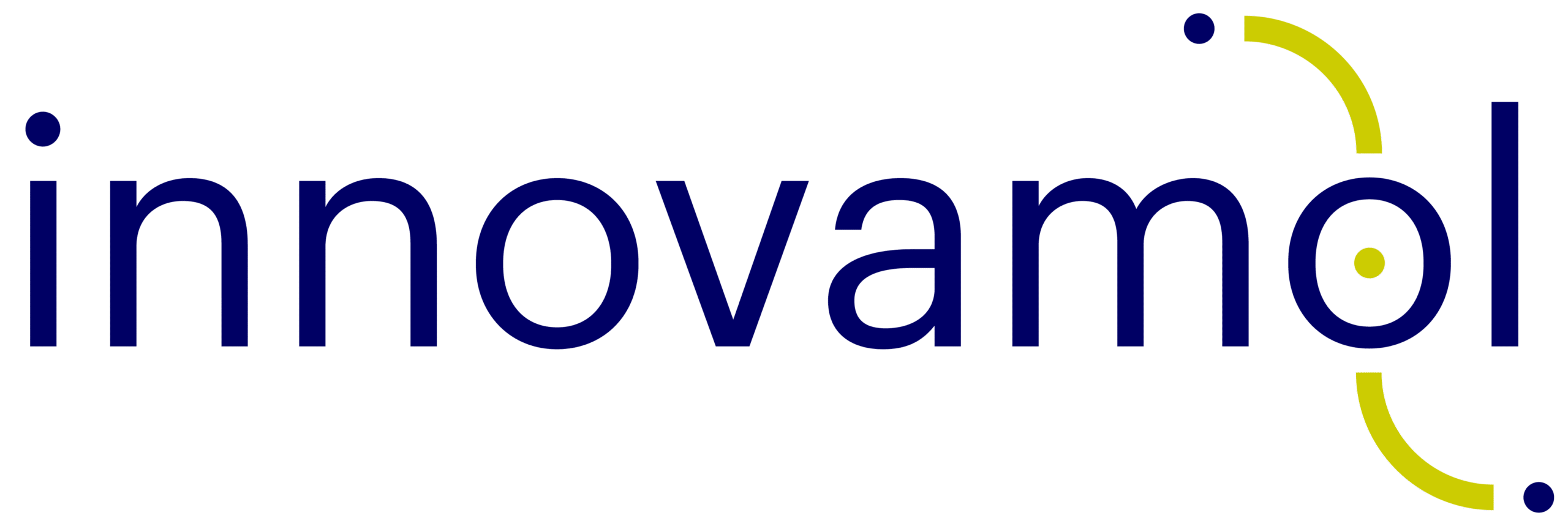In the rapidly evolving landscape of the food industry, the pressure for new and sustainable novel foods presents both an exciting frontier and a regulatory challenge. Novel food examples encompass new vitamin K sources (menaquinone), extracts from established foods (like phospholipid-rich Antarctic Krill oil from Euphausia superba), agricultural imports from third countries (such as chia seeds and noni fruit juice), and foods created through innovative production methods (such as UV-treated milk, bread, mushrooms, and yeast) and cultivated meat.
We like to stay at the intersection of this scientific innovation and what is needed to bring to the market new products, which is the regulatory compliance. To do so, the performance of targeted scientific data collection is required to fill scientific information gaps. In our previous collaborations with Atova Regulatory Consulting and their clients, for example, we performed extensive literature reviews to gather data for crucial components of the cultivated meat production. Indeed, the production of novel foods, demands rigorous safety assessments to satisfy regulatory agencies’ requirements that necessitate tangible evidence related to the compositional, nutritional, toxicological, and allergenic properties of the novel food as well as information on the respective production processes, and the proposed uses and use levels. It is important to emphasize that this landscape of the food industry is rapidly evolving and even regulatory authorities like the European Food Safety Authority (EFSA) are constantly improving this process. See for examples two relevant public consultations that will expire soon (14/04/2024).
- Draft guidance on the scientific requirements for an application for authorisation of a novel food in the context of Regulation (EU) 2015/2283
- Draft guidance on the scientific requirements for a notification and application for authorisation of traditional foods from third countries in the context of Regulation (EU) 2015/2283
For all these reasons, companies, startups and industries must demonstrate their compliance. Interestingly, while many components of the novel food are generally recognized as safe (so called “GRAS”), the path to assess other components is more challenging and collecting and organizing all of the available information including white and grey literature, is extremely useful to avoid unnecessary testing. Indeed, the main objective is to deliver thorough reports, inclusive of scientific data found in relevant documents and provide to stakeholders and regulatory authorities a robust foundation for decision-making. By giving early warnings regarding the risks and benefits of possible investment paths, a scientifically-sound data collection provides organisations with the insights they need to make informed decisions, also to avoid risks, facilitate innovation and increase the market success of the novel food.
“What you do makes a difference, and you have to decide what kind of difference you want to make” – Jane Goodall

